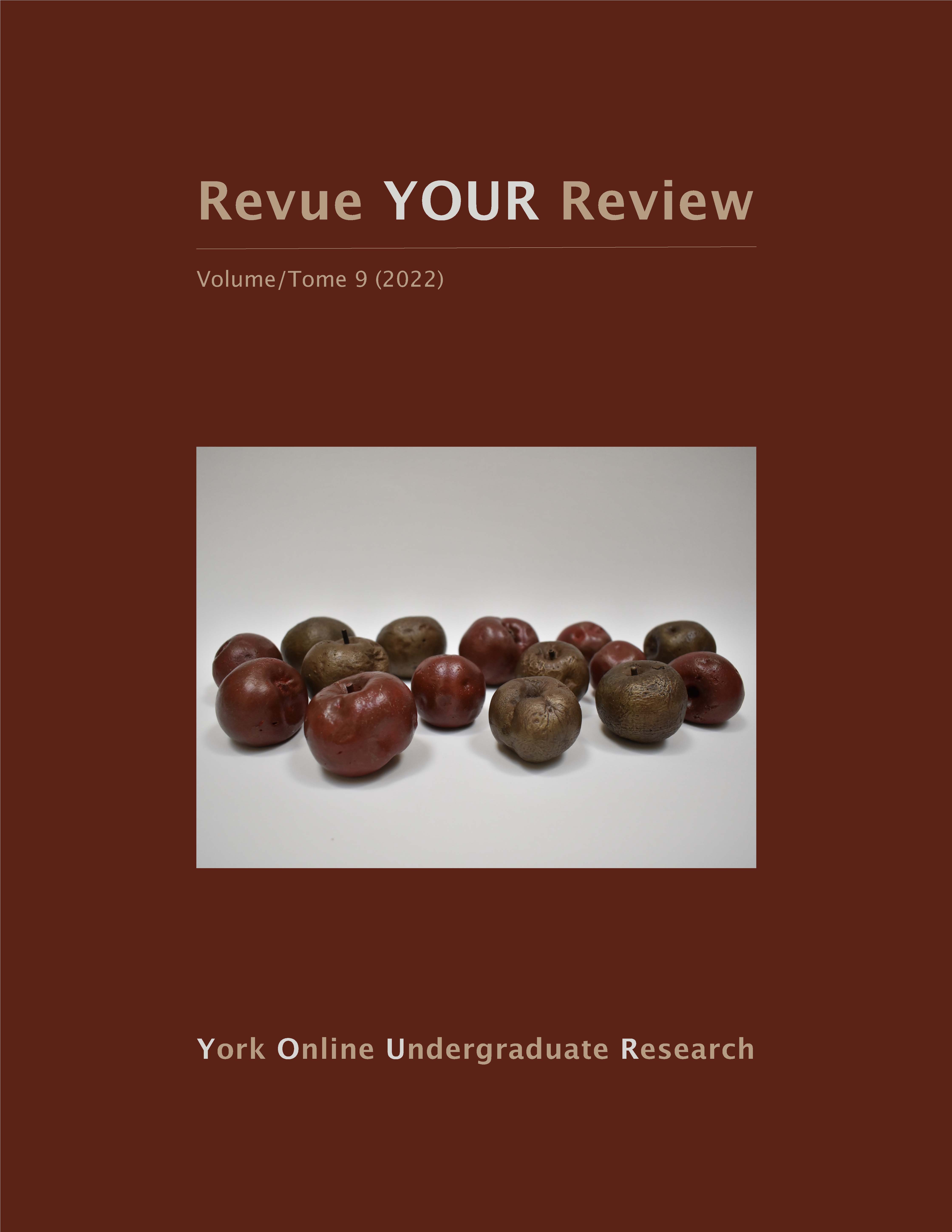Drug Report: Capecitabine
Abstract
Cancer is a disease that causes a number of the body’s cells to start dividing rapidly and spreading into surrounding tissues. Cancer is the second leading cause of death in the world with a very low survival rate. There are a few discovered chemotherapeutic drugs that show promising results for the patients and increase the survival rate. Capecitabine is one of them. It is a known orally administered fluoropyrimidine chemotherapeutic agent which is employed in the treatment of metastatic, breast, and colorectal cancers. Activated through a three-step enzymatic pathway, this drug mimics continuous infusion of 5-fluorouracil and creates 5-fluorouracil at the tumour site. As an oral agent, capecitabine is more convenient for patients and medical personnel. Also, it avoids the complications associated with venous access. This project reviews the biochemistry, Synthesis, ADME (absorption, distribution, metabolism, and excretion), toxicity profile, drug function, comparison with older drugs, and bioavailability of the chemotherapeutic drug. Capecitabine is an important new treatment option for breast cancer patients. Ongoing clinical trials can provide further information on the drug’s role in a range of settings. Currently, capecitabine shows a promising future for cancer treatment.
Downloads
Published
How to Cite
Issue
Section
License

This work is licensed under a Creative Commons Attribution-NoDerivatives 4.0 International License.
Authors contributing to Revue YOUR Review agree to release their articles under one of three Creative Commons licenses: Creative Commons Attribution 4.0 International; Creative Commons Attribution-NonCommercial 4.0 International; or Creative Commons Attribution-NoDerivatives 4.0 International. All editorial content, posters, and abstracts on this site are licensed under Creative Commons Attribution-NoDerivatives 4.0 International. For further information about each license, see:
https://creativecommons.org/licenses/
In all cases, authors retain copyright of their work and grant the e-journal right of first publication. Authors are able to enter into other contractual arrangements for the non-exclusive distribution of the e-journal's published version of the article (e.g., post it to an institutional repository or publish it in a book or in another journal), with an acknowledgement of its initial publication in this e-journal.


